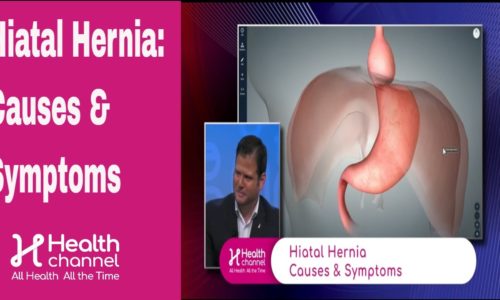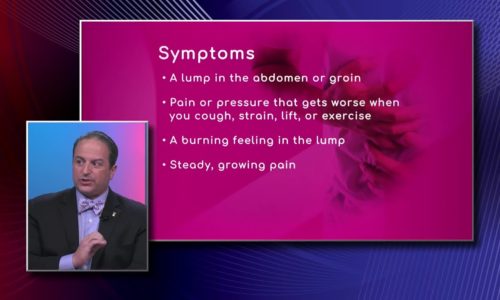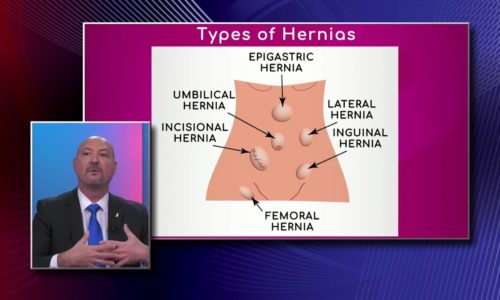Changes in Hernia Surgery |
To fix a hernia it is necessary to close the opening, return whatever is coming out back in, and securely close the opening. Dr. Jerrold Young, General Surgeon with Hernia Institute of Florida, talks about what has changed over the years in the surgery procedure and how most common repairs are done now.
Transcript
In terms of hernia surgery obviously much has changed but is there anything that remains the same when it comes to treating hernias so I think the concept is that the hernia is an opening in the abdominal wall and so the idea is that you want to close that opening return whatever is protruding or coming out back into the abdominal cavity and securely close that opening right so that it doesn’t come back out again so what has changed over the years and I’ve been actually did a lot of the different types of surgeries so for instance in when I started in practice the most common hernia repairs were done with sutures only and then at some point when we saw that there was up to a 10% recurrence rate with sutures only because it didn’t create a sound or solid repair right then what we would do is say okay we’re gonna repair this again and then make it tighter put more tension on it until the probably early to late 70s when we started seeing some people using mesh which is a basically it’s a nylon product it’s most of the time made out of something called polypropylene and so if you put this screen on top of the hernia repair then theoretically it’s going to be stronger and in fact it is the the different there are many many mesh products because there are many people that had different ideas of how to use the mesh and what would be well this so there might be 20 or 25 available products you








